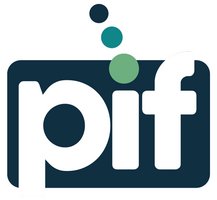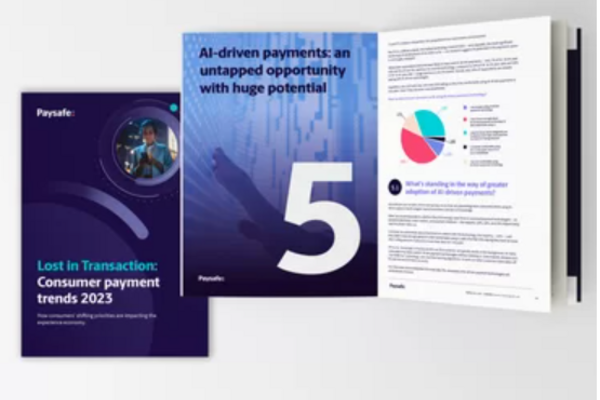Source: Paysafe
How do consumers prefer to pay in 2023? And how has the ongoing economic uncertainty impacted their payment preferences and spending behaviour? In April this year, we interviewed 14,500 consumers in 14 countries across Europe and the Americas to find out about the latest consumer payment trends.
With a depth of insights shared in the full report ‘Lost in Transaction report: Consumer Payment Trends 2023: How consumers’ shifting priorities are impacting the experience economy’, here are three key takeaways from our research:
The experience economy continues to grow
Despite tighter household budgets and an uncertain economic outlook, demand for travel, leisure and other experiences remains strong, with 51% of respondents prioritising them over other discretionary spending. The top spending categories are eating out and takeaways (27%), streaming services (25%), and travel (17%). Notably, few respondents have completely halted their discretionary spending, indicating that caution and selectivity prevail over eliminating these expenses entirely.
When it comes to payment preferences, consumers are clear in their choices. Debit cards are favoured for takeaway meals, small online gaming purchases, online gambling bets, and small items. Credit cards, on the other hand, are preferred for long-haul flights, holidays, and hotel stays.
Trust, privacy, security, and control are crucial factors influencing payment decisions, particularly in the realm of online gaming and gambling. 67% of those who make online gambling purchases say their level of trust in the payment methods available influences how much they spend on online gambling, while 66% say it influences how much they spend on online gaming.
Cost-consciousness and consumer buying behaviour
In the face of economic uncertainty, our research shows cost-consciousness significantly influences consumers’ buying behaviour. They are streamlining their budgets and re-evaluating their spending habits, resulting in two notable shifts in preferences.
Firstly, they actively seek deals and discounts, with 67% indicating a higher likelihood of making purchases during sales events such as Black Friday. Secondly, consumers prioritise repairs over replacements, with 61% expressing a preference for repairing items. Furthermore, nearly half of the respondents (47%) have abandoned their online shopping carts due to budget limitations. These findings underscore the importance of compelling promotions in driving consumer purchases.
The cost-of living crisis and growing concern about online security have also added to the popularity of digital cash, or eCash. As consumers are taking charge of online spending, eCash serves the same purpose as the use of cash to control spending in bricks-and-mortar stores.
Among people who have changed their payment habits as a result of the cost-of-living crisis, 60% are using eCash more often. And aside from controlling costs, eCash is also seen as a more secure online payment option. This is well reflected by 52% of consumers stating that they don't feel comfortable sharing their financial details online, while 68% prefer using payment methods that don't require them to share their financial details when paying.
As a result, streamlining the checkout experience has become more critical than ever, as consumers are more likely to abandon their purchases when faced with unexpected fees or limited payment options. To prevent cart abandonment, businesses should prioritise offering transparent pricing, a range of payment options to meet consumer needs and preferences, and a seamless checkout process.
The rise of mobile and digital wallets
While debit cards and credit cards remain the two most popular payment methods overall, mobile wallet and digital wallet usage has shot up. This shift toward digital payment methods is driven by factors such as convenience, security, and integration with third-party service providers.
Mobile and digital wallets are rapidly gaining popularity as consumers' preferred payment methods, potentially overtaking traditional cards. Our survey revealed that 52% of respondents are comfortable leaving home without a physical wallet and rely on mobile wallets like Apple Pay or Google Pay for their everyday purchases. Online, more users are opting for credit cards stored in mobile wallets (40%) rather than physical cards (36%). Impressively, 55% of respondents believe that mobile wallets will completely replace cards within the next decade.
Digital wallets, such as Skrill and NETELLER, are also experiencing a surge in usage. 40% of respondents reported increased reliance on digital wallets for online payments compared to the previous year.
While the acceptance of mobile and digital wallets is driven by security and convenience, our research suggests that the cost-of-living crisis has also contributed to their adoption, with 51% of respondents valuing the financial insights provided by digital wallets for effective budget management. Integration with third-party service providers is another appealing aspect, offering quick bank transfers (54%), money management tools (48%), and access to loans (44%). While established brands inspire trust, newer digital wallet brands face challenges in gaining consumer confidence.
Today's consumers are more knowledgeable, informed, and discerning than ever before. They have extremely clear priorities and expectations when it comes to buying and paying online, and they won't think twice about walking out of a merchant's virtual doors if the payment experience doesn't meet those priorities and expectations.
By understanding and addressing consumer concerns, businesses can provide an optimal payment experience that aligns with the expectations of today's discerning consumers.
Interested in learning more? Click here to download the full report, Consumer Payment Trends 2023: How consumers’ shifting priorities are impacting the experience economy.



